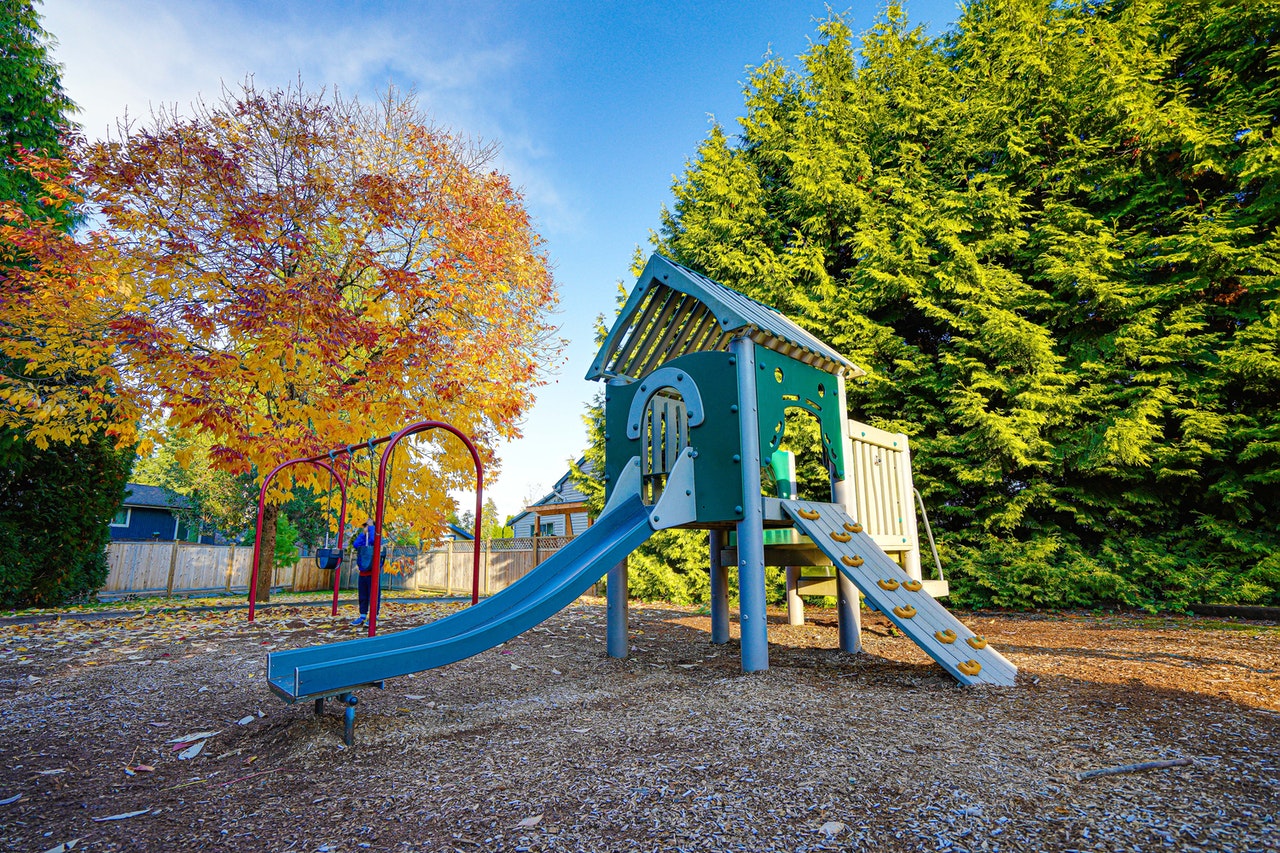
Playgrounds are crucial for kids’ development because they give them chances for exercise, social connection, and imaginative play. To preserve the durability and safety of playground equipment, routine inspections, and upkeep are necessary. This post will look at practical methods for keeping playground equipment in good condition, extending its life, and ensuring that kids have a fun and safe place to play.
Establish a Routine Inspection Schedule
Regular inspections are essential to see possible dangers and take quick action on maintenance concerns. Establish a program for regular inspections while considering variables like usage frequency and weather. Including play buildings, swings, slides, surface materials, and hardware, and inspect every part of the playground. Examine the item for wear and tear, damaged or loose pieces, razor-sharp edges, and other possible safety issues.
Conduct Thorough Cleaning
It’s important to regularly clean the playground equipment to get rid of dirt, trash, and biological pollutants. Avoid damaging painted or lacquered areas while cleaning surfaces with mild water, soap, and a soft brush. Before letting kids use the equipment, please give it a good rinsing, and let it dry fully. To stop the transmission of germs and keep a sanitary play area, clean and disinfect surfaces that are highly touched, like handrails and handles.
Inspect and Maintain Surfacing Materials
The surfacing materials used on the playground, such as rubber flooring, wood chips, or artificial grass, are essential for minimizing fall-related injuries. Check the surface often for symptoms of rust, displacement, or wear. Verify that the surface materials adhere to safety requirements and offer sufficient impact attenuation. To maintain a secure play area and avoid injuries, replace any worn-out or damaged surfacing as away. You can guarantee that kids have a safe and cushioned surface to play on, lowering the likelihood of accidents and lessening the effects of falls by routinely checking and maintaining the surface materials.
Lubricate Moving Parts
Regular lubrication is necessary to keep moving components, such as swinging chains, hinges, and spinning components, operating smoothly and preventing rust or corrosion. Use the relevant lubricant the manufacturer suggests to keep these components in good shape. To prevent mishaps or injuries brought on by broken equipment, routinely inspect moving components for signs of deterioration and replace them as required. By minimizing excessive pressure on the moving parts, adequate grease guarantees that the playground apparatus runs smoothly and contributes to its longevity.
Fix Structural Issues
Playground equipment may develop structural problems over time because of things like exposure to the elements, frequent use, or vandalism. Check the apparatus for any fractures, splinters, corrosion, or other damage that could jeopardize its stability. Make structural repairs as soon as possible to guarantee that the machinery is still functional and safe. Observe the manufacturer’s instructions or seek expert assistance by calling any service.
You can keep the playground safe for kids to play in and limit the chance of accidents by taking care of structural repairs as soon as they become necessary. This will also ensure their happiness and well-being.
Ensure Proper Drainage
Ensure proper drainage since standing water on play surfaces can compromise safety and hasten equipment decay. To avoid standing water, ensure the play area has suitable drainage systems. Check your gutters, downspouts, and drains frequently to ensure they are clean and working properly. The integrity and durability of the playthings are improved by adequate drainage. Ensuring appropriate drainage can keep kids’ play areas dry and safe while preventing water-related damage to their equipment, like rust or wood rot.
Provide User Education
Inform playground users, including kids and parents, about safe play habits and considerate equipment usage. Encourage good usage practices, including utilizing equipment as intended, not climbing on guardrails, and not pushing or crowding it. Encourage parents to keep an eye on kids and report any maintenance concerns right away. You can save excessive wear and tear and maintain the durability of the playground toys by encouraging appropriate play.
Conclusion
Playground equipment maintenance is crucial to guarantee the play area’s safety, lifespan, and ideal performance. You can give kids a safe and enjoyable place to play by establishing a regular inspection schedule, thoroughly cleaning, checking, and maintaining revealing materials, greasing moving parts, taking care of structural repairs, guaranteeing proper drainage, and offering user education. Regular upkeep increases the equipment’s lifespan and benefits kids’ growth and well-being by encouraging them to play actively.

